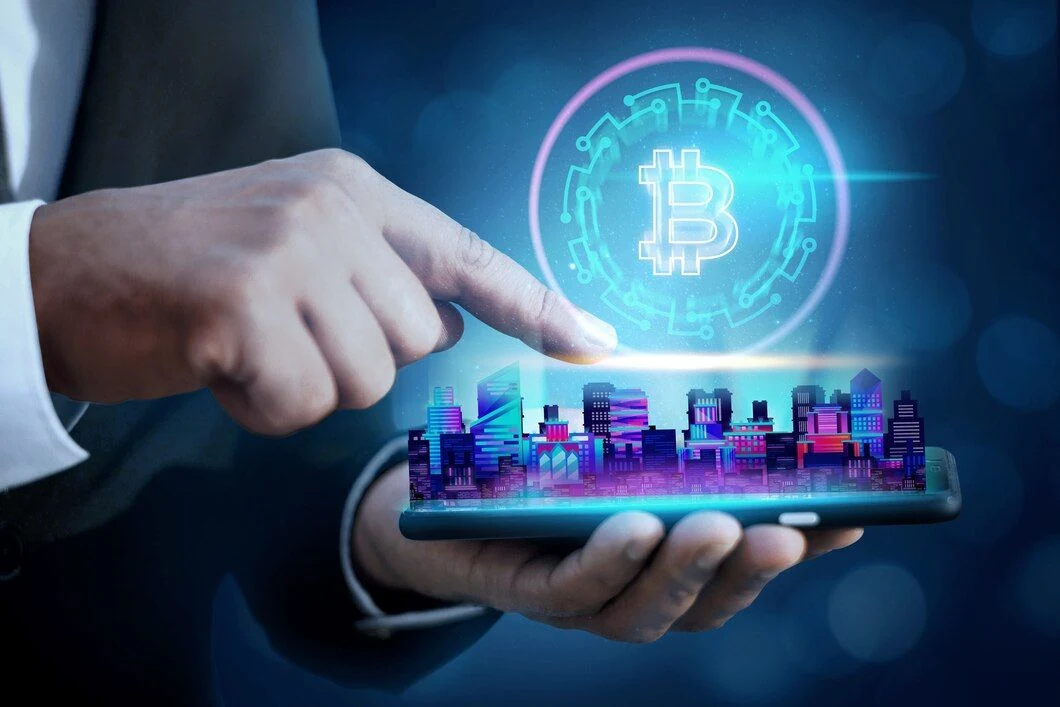Getting Started
Getting Started with Crypto Mining
Welcome to the exciting world of cryptocurrency mining! If you’re new to mining, this guide will provide you with a comprehensive introduction to get you started. From understanding the basics of blockchain and mining to setting up your first mining rig, we’ve got you covered.
Cryptocurrency mining involves verifying transactions on a blockchain network and earning rewards in the form of cryptocurrency. While it may seem complex at first, with the right knowledge and tools, anyone can become a successful miner.

Understanding Blockchain and Mining
Before diving into mining, it’s essential to understand the basics of blockchain technology. A blockchain is a decentralized ledger that records all transactions across a network of computers. These transactions are grouped into blocks and added to a chain, hence the name blockchain.
Mining is the process of adding these transaction blocks to the blockchain. Miners use powerful computers to solve complex mathematical problems that validate the transactions. The first miner to solve the problem gets to add the block to the blockchain and is rewarded with cryptocurrency.
Choosing the Right Cryptocurrency to Mine
- Profitability: Use online calculators to estimate the profitability of mining different cryptocurrencies. Consider factors like mining difficulty, block reward, and market price.
- Difficulty Level: Some cryptocurrencies are more challenging to mine than others. Higher difficulty means more computational power is needed.
- Market Trends: Stay updated with market trends to choose a cryptocurrency with growth potential.
- Community Support: A strong community can provide valuable resources and support.
Setting Up Your First Mining Rig
Setting up a mining rig involves several steps, from choosing the right hardware to installing the necessary software. Here’s a step-by-step guide to get you started:
1. Choosing Your Hardware
The hardware you choose will significantly impact your mining efficiency and profitability. The key components include:
- GPUs (Graphics Processing Units): GPUs are the most critical component of a mining rig. They perform the complex calculations required for mining. Popular options include NVIDIA and AMD GPUs.
- Motherboard: Choose a motherboard that supports multiple GPUs. The ASUS B250 Mining Expert and MSI Z390-A PRO are popular choices.
- Power Supply Unit (PSU): A reliable PSU is essential to power your rig. Calculate the total power consumption of your GPUs and choose a PSU with sufficient wattage.
- RAM and Storage: While mining doesn’t require much RAM or storage, having 4-8GB of RAM and a 120GB SSD is recommended for smooth operation.
- Cooling System: Mining generates a lot of heat. Invest in good cooling solutions like high-performance fans or liquid cooling systems.
2. Assembling Your Mining Rig
Once you have all the components, it’s time to assemble your rig:
- Step 1: Install the CPU, RAM, and storage on the motherboard.
- Step 2: Attach the motherboard to the frame or case.
- Step 3: Connect the GPUs to the motherboard. Use riser cables if needed.
- Step 4: Connect the PSU to the motherboard, GPUs, and other components.
- Step 5: Install the cooling system and ensure proper ventilation.
3. Installing Mining Software
After assembling your rig, the next step is to install the mining software:
- Operating System: Install a suitable operating system like Windows 10 or a Linux distribution. Some miners prefer specialized mining OS like HiveOS or SimpleMining.
- Mining Software: Download and install mining software like NiceHash, CGMiner, or BFGMiner. Each has its own setup process, but typically, you’ll need to create a configuration file with your mining pool details and wallet address.
4. Joining a Mining Pool
- Step 1: Choose a reputable mining pool. Popular pools include Slush Pool, F2Pool, and Ethermine.
- Step 2: Create an account on the pool’s website.
- Step 3: Configure your mining software with the pool’s URL and your worker details.
- Step 4: Start mining and monitor your progress on the pool’s dashboard.
Tips for Successful Mining
- Optimize Your Hardware: Overclock your GPUs to increase their performance. However, be cautious and ensure proper cooling to prevent overheating.
- Monitor Your Rig: Use monitoring tools to keep an eye on your rig’s performance, temperature, and power consumption. This can help you identify and fix issues promptly.
- Stay Updated: The crypto mining landscape is constantly evolving. Stay informed about the latest trends, technologies, and regulatory changes to adapt your strategy accordingly.
- Energy Efficiency: Mining consumes a lot of electricity. Look for ways to reduce your energy costs, such as using energy-efficient hardware, optimizing settings, and exploring renewable energy sources.
- Secure Your Setup: Protect your mining rig and earnings from cyber threats. Use strong passwords, enable two-factor authentication, and keep your software up to date.
Common Challenges and How to Overcome Them
- Hardware Failures: Mining rigs run 24/7, which can lead to hardware failures. Regularly maintain your rig and replace faulty components promptly.
- Software Issues: Mining software can sometimes crash or encounter bugs. Keep your software updated and seek help from the community if needed.
- High Electricity Costs: Mining is energy-intensive. Optimize your rig for energy efficiency and consider using renewable energy sources to reduce costs.
- Heat Management: Mining generates a lot of heat, which can damage your hardware if not managed properly. Ensure proper ventilation and invest in effective cooling solutions.
Conclusion
Crypto mining can be a rewarding endeavor, but it requires careful planning and ongoing management. By understanding the basics, choosing the right hardware and software, and following best practices, you can set yourself up for success.
Remember, the key to successful mining is staying informed and adaptable. The cryptocurrency landscape is constantly evolving, and miners who stay ahead of the curve will reap the most rewards. Good luck, and happy mining!